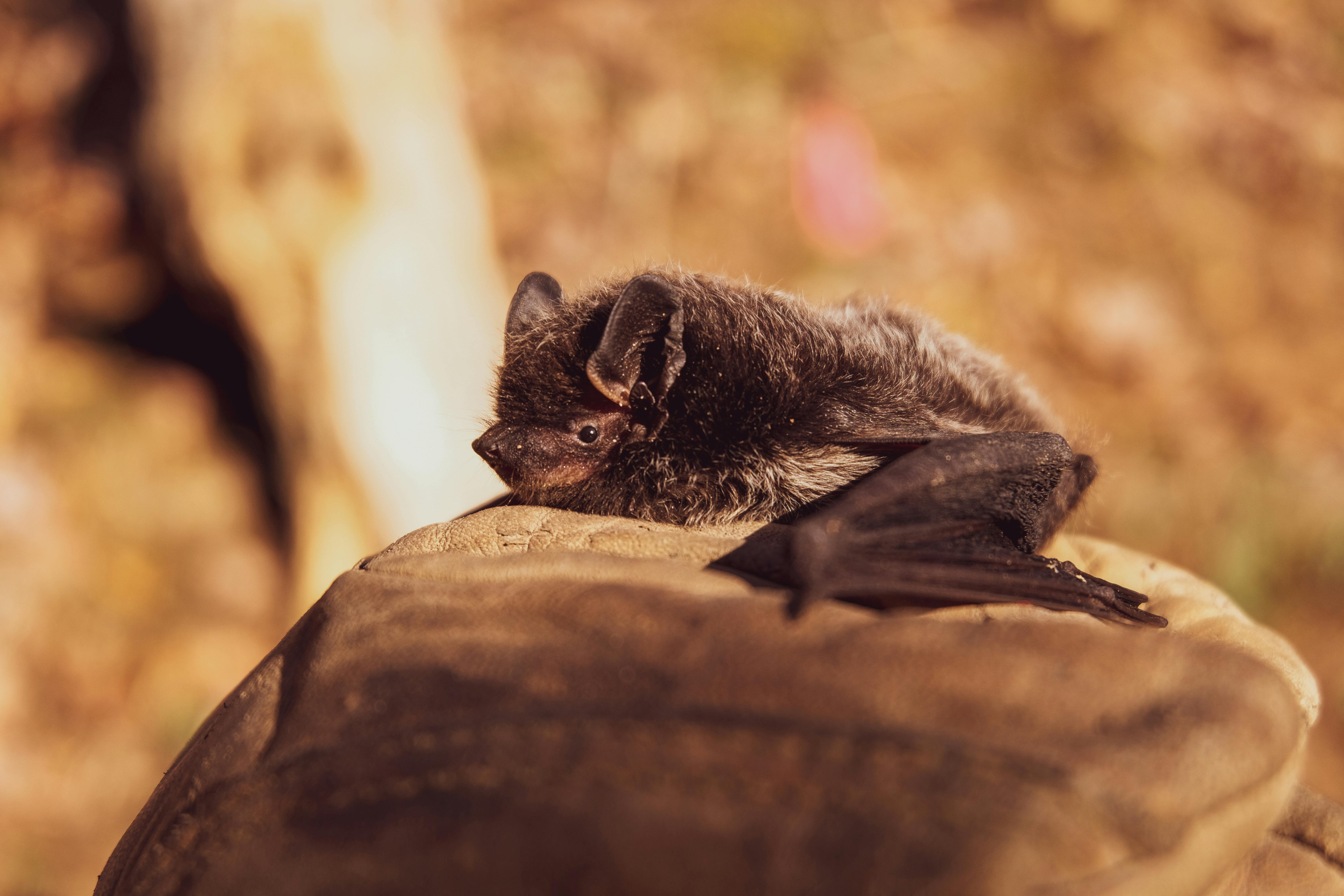The Secret Lives of Bats: A Comprehensive Guide to Understanding these Mysterious Creatures

Unveiling the Mysteries of Bats
Bats are fascinating creatures that often evoke a sense of mystery and intrigue. Contrary to popular belief, bats are not blind and actually have excellent eyesight. They play a crucial role in ecosystems around the world, serving as pollinators, seed dispersers, and pest controllers.
There are over 1,400 species of bats, ranging from the tiny bumblebee bat to the giant flying fox. These winged mammals can be found in various habitats, from dense rainforests to urban areas.
The Unique Adaptations of Bats
One of the most remarkable features of bats is their ability to echolocate. By emitting high-frequency sounds and listening to the echoes that bounce back, bats can navigate in complete darkness and locate prey with pinpoint accuracy.
Moreover, bats have diverse diets, with some species feeding on insects, fruit, nectar, and even blood. Their feeding habits are closely tied to the ecosystems they inhabit, making them essential for maintaining the balance of nature.
Conservation Challenges and Success Stories
Despite their importance, many bat species are facing threats such as habitat loss, climate change, and disease. Conservation efforts are underway to protect these flying mammals and their habitats.
One notable success story is the conservation of the Rodrigues flying fox, a species of bat that was on the brink of extinction. Through dedicated conservation measures, this bat species has been brought back from the brink and is now thriving in its native habitat.
How You Can Help Protect Bats
There are several ways you can contribute to bat conservation efforts, such as supporting bat-friendly initiatives, educating others about the importance of bats, and creating bat-friendly habitats in your own backyard.
By understanding and appreciating the secret lives of bats, we can ensure a bright future for these extraordinary creatures and the ecosystems they inhabit.





